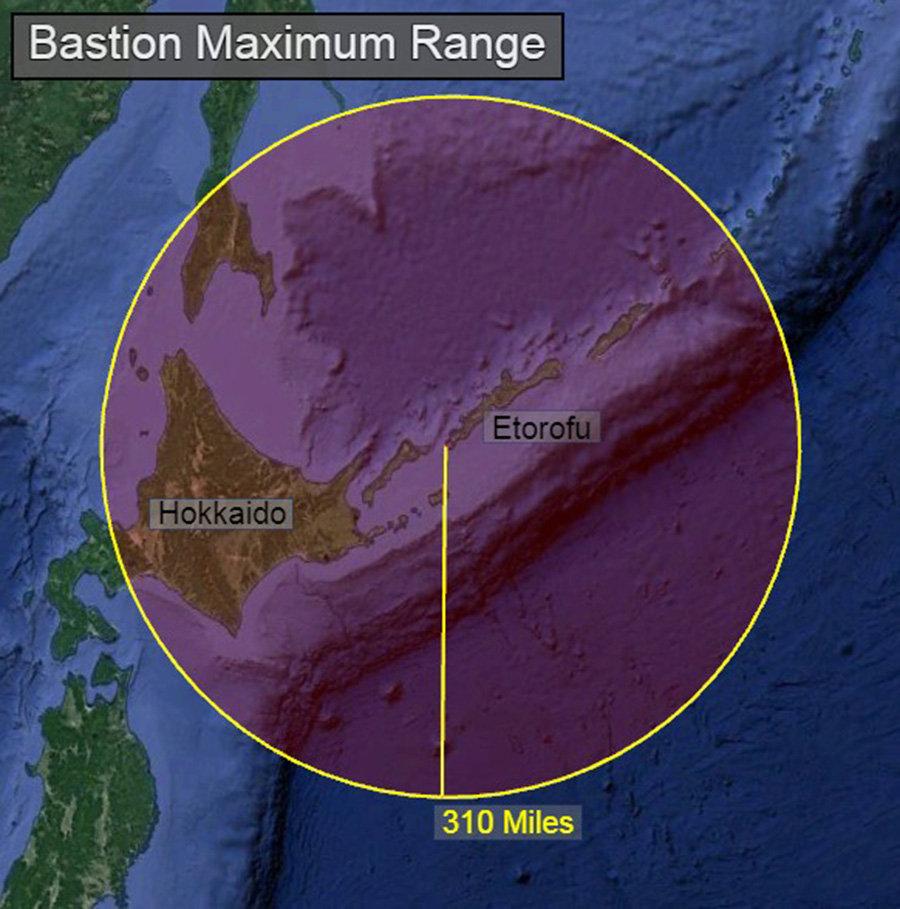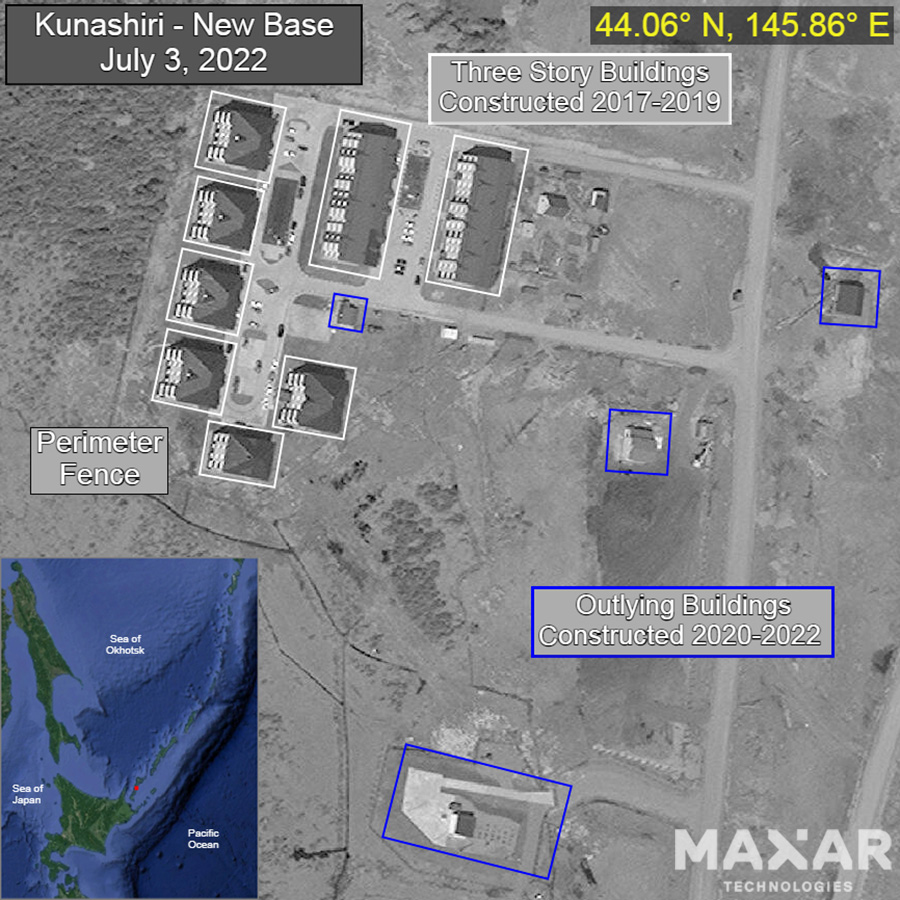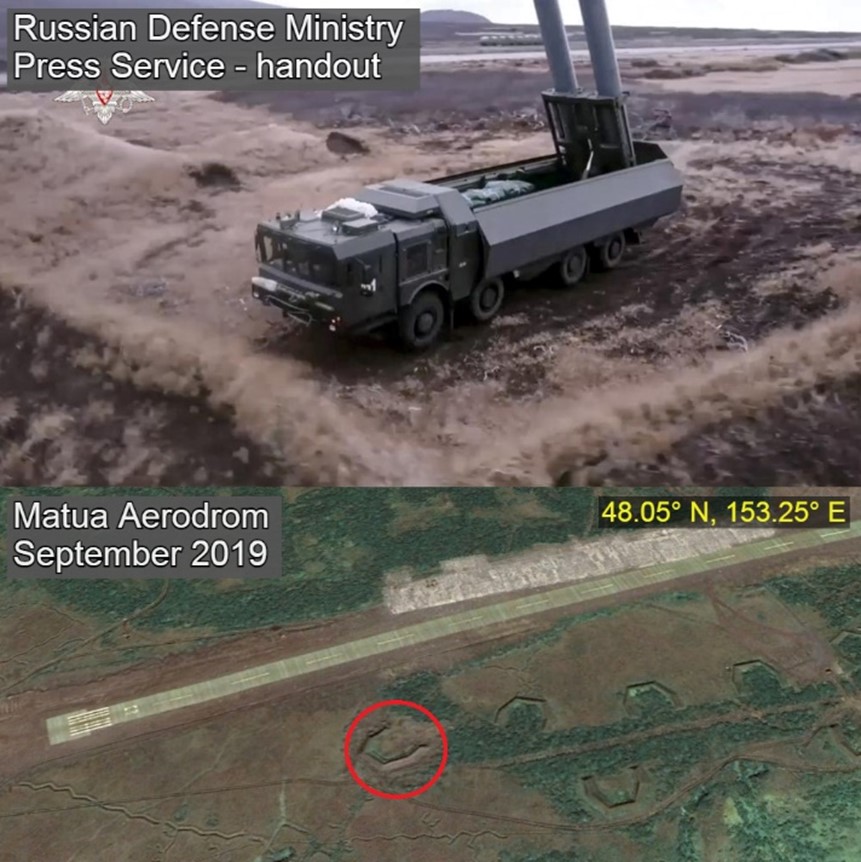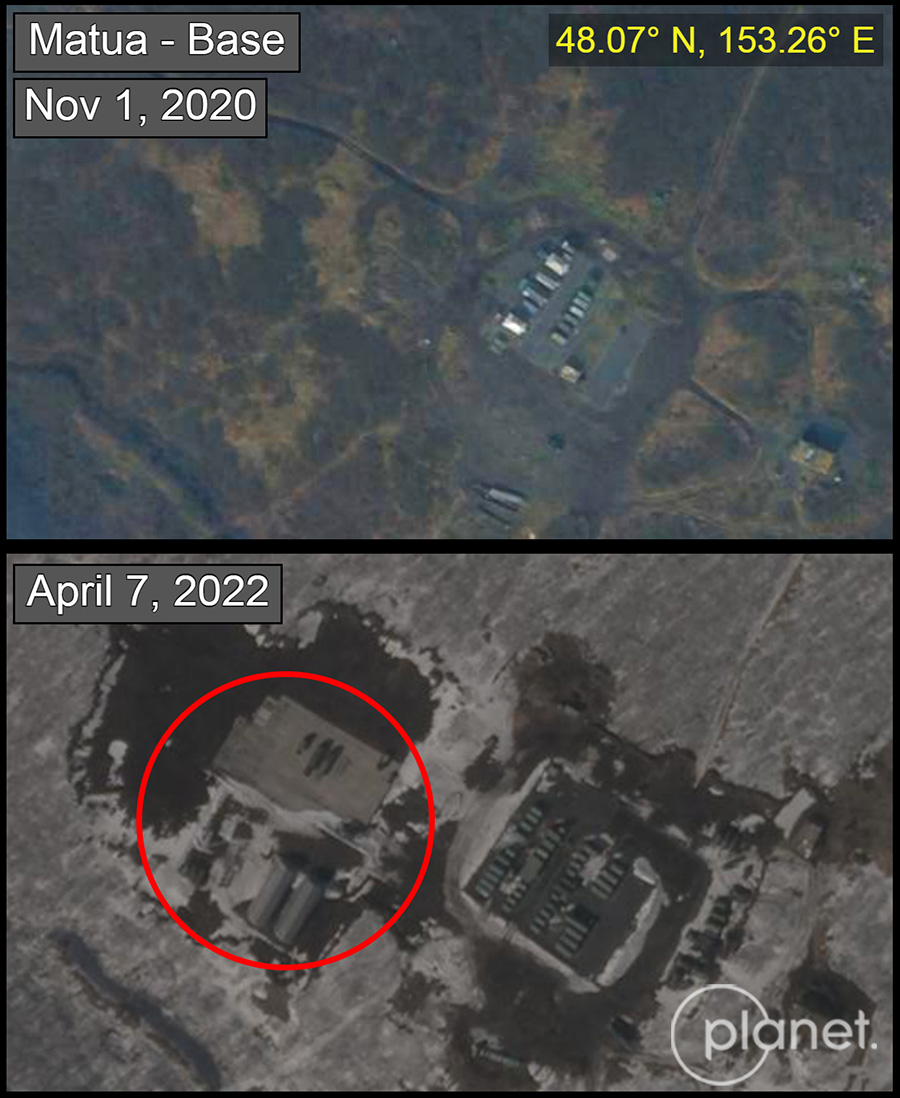Ike Barrash
Overshadowed by the invasion of Ukraine, Russia’s recent and rapid militarization of a group of islands claimed by Japan has flown largely under the radar. Taken by Russia at the end of World War Two, Kunashiri, Etorofu, Shikotan, and the Habomai islands of the Kuril Island chain, which Japan claims as its “Northern Territories,” have complicated relations between the two states for decades.
Less than a decade ago it seemed at least some of the islands might be returned to Japan. Throughout the late prime minister Abe Shinzo’s tenure, Japan continually worked to boost Russian relations in hopes of fostering the good will to reach an agreement returning the closest islands. Japan cooperated on local economic development, joint tourism projects and diplomatic talks.
It would seem, however, that Abe’s olive branch failed to persuade Russia to return the islands. Rather than moving toward handing over the islands, Russia has increased its permanent military presence on them since at least 2015. Media reports and satellite imagery show Russian barracks, airstrips, and other infrastructure have been constructed over the last several years as close as 14 miles from Hokkaido. Russia’s steps to boost its presence suggest that the islands will continue to play a pernicious role in the future of Russo-Japanese relations and that Japan and the United States should deepen consultations regarding Russia’s activities in the region.
Construction
In the last five years Russia has engaged in significant construction of bases on the islands of Kunashiri, Etorofu, Matua, and Paramushiri in the Kuril chain.
The current chapter of Russian development of the Kuril Islands began with forces stationed in the Northern Territories receiving the Soviet-era Tor-M2U surface-to-air missile system in late 2015. Later, in 2017, a Bastion anti-ship missile battalion was deployed to Etorofu and a Bal anti-ship missile battalion to Kunashiri.
These missile systems have a range of 310 and 185 miles respectively, allowing the potential to strike most ships coming into or sailing around Hokkaido. In step with these missile deployments, Russia drew Japanese protests in 2018 when it announced four barracks were under construction and deployed an estimated 3,500 troops. Satellite imagery shows four compounds on Kunashiri and Etorofu constructed between 2017 and 2022 which include buildings much larger than any previously seen on the islands.
In 2017, construction of a fenced off complex of three-story apartment style buildings began on Kunashiri. This was followed by at least seven new buildings and an expanded road in a village on the southern coast of Kunashiri, one of the closest points to Hokkaido.
Farther north, on Etorofu, large, multi-story grey and red buildings with accompanying smaller structures were built from 2019 to 2021 at two sites to the west and east of an airfield.
In December 2020, Russia supplemented its anti-air capabilities with a permanent deployment of S-300V4 anti-air missile launchers to Etorofu. In August 2021, Russia announced a vast construction project to build more than 50 new pieces of military infrastructure on the Kuril Islands including seven new barracks on Etorofu and Kunashiri, temporally corresponding to many of the smaller outlying buildings added on to the observed complexes.
The day-to-day operation of such new capabilities entails a substantial and permanent stationing of personnel, along with accompanying infrastructure. Thus, the announcement of missile deployments is often followed by new construction. In December 2021, Russia announced the deployment of more Bastion missiles to Matua—an island in the middle of the Kuril chain about 450 miles from Japan. Positioned just south of the Matua airstrip for a photo op in 2021, the launcher was likely placed and covered within the newly expanded Matua base which doubled in size between 2020 and 2022 and received two large Quonset huts.
Further north in the chain on Paramushiri, imagery shows that a new airstrip is nearing completion along with two large walled compounds appearing to contain multi-story barracks in the town of Severo-Kurilsk.
Rising Tensions
The Kuril Islands are strategically located. They separate the Sea of Okhotsk from the wider Pacific Ocean, marking a vital point of egress for Russia’s Pacific Fleet. They also provide Russia valuable forward basing options for fires and intelligence collection. It should be little surprise then that Russia recently released an updated maritime doctrine saying it will protect the Kuril straits “by all means.”
Shortly after Russia’s invasion of Ukraine in February, Japan applied sanctions on Russia, ending economic cooperation around the islands. In response, Russia halted peace treaty talks over the Kurils, ended an agreement preventing Japanese fishing vessels from being seized in the waters around the islands, and conducted a military exercise on them focused on training to repel an invasion. Recently, tensions have reached a new level. On September 3, Russia revoked an agreement allowing former Japanese residents of the islands visa-free visits. At the same time, the Vostok 2022 naval exercise, part of which was jointly conducted with China, included operations on the islands to Japan’s evident displeasure. It is unclear if China participated in the Kurils portion of Vostok 2022. These developments heighten the risk of incidents which could lead to a stand-off between the two sides.
The rising tensions highlight the importance of transparent U.S.-Japan dialogue on how Russian behavior affects allied regional interests. Tokyo and Washington should engage in more consultations on Russian activities and intentions in the region, focusing on how to best maintain shared interests and ensure a cohesive diplomatic, economic, and informational response. These deliberations could be paired with renewed diplomatic talks with Russia to slow further militarization and prevent accidental escalation.









No comments:
Post a Comment